While trade is impacted by the sanitary emergency and the ensuing slowdown in international transport and logistics, with a decrease in tile exports and imports, despite the negative expectations brought on by the COVID pandemic and factory lockdowns in the world, global wall tiles production and consumption figures increased in 2020 after declining in the previous two years. But as we go deeper into the data, we see that numerous distinctions can be drawn. Ceramic
Ceramic
This is the reason we continue to recommend a thorough analysis of the current state of affairs and its development over the past ten years, both at the macro-area level and at the level of individual countries, with analysis by volumes in square meters as well as by values in euros, in this ninth edition of our best-selling report. The final numbers for 2020 reveal surprise growth in both global tile production (+1.6%), even greater than the average CAGR of the previous ten years (+1.1%), and consumption (+2.3%), still higher than the average growth rate since 2011 (+1.4%). In contrast, international trade experiences a decline (-2.1 percent compared to the prior year, whereas the CAGR from 2011 to 2020 is +1.9 percent).
However, India (1.3 billion sqm, +8.8% average annual growth), Turkey (+25 percent in 2020), Iran (+12.8%), Algeria (+32%), and Bangladesh (+14.1%) are now fascinating producing nations in terms of dynamism and volumes. Europe stands ahead in the rankings if we look at the market in terms of value: Even though it lost 1.8 percent compared to 2019, Italy is still the world’s top exporter of tiles, with Spain coming in third. Germany and France continue to be the top two importers, only being exceeded by the United States, whose demand is declining (in value). With price lists ranging from an average of 1.1 euros/sqm for exported Ugandan tiles to 13.6 euros for Italian exports, the average price per square meter reveals significant disparities in the major markets. In contrast, China imports largely luxury tiles, which cost an average of 19.5 euros per square meter, as opposed to 2.3 euros for Paraguay’s imports. In order to give the reader a document that can be used as a work tool immediately and easily, this study presents the data straightforwardly and understandably.
World Consumption of Ceramic Tiles
Ceramic tiles that have been digitally produced are a current trend in the world market. Due to their detailed designs, which assist in improving the aesthetic appeal, consumers choose digitally printed tiles. Additionally, producers have been able to preserve design uniformity thanks to creating and applying new technology for printing designs on tiles. Digitally printed tiles are becoming increasingly popular due to rising consumer spending and the demand for cutting-edge interior design. One of the key drivers is expanding the building industry in developing nations—the increase in government spending on infrastructure construction and renovation for the benefit of the people. Product consumption has increased as a result of the growth of public leisure areas, schools, hospitals, and public transportation. Demand has increased as a result of an increase in government spending to upgrade public spaces like train stations and airports to reach premium standards. 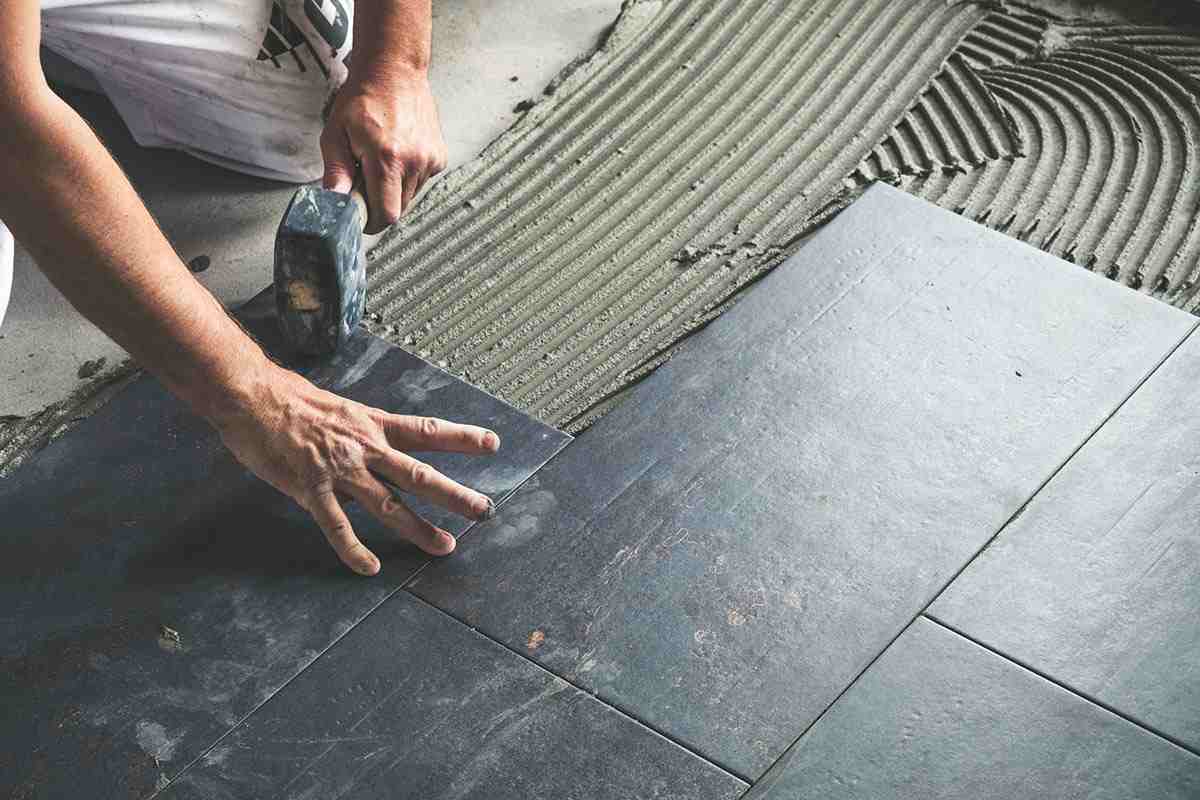 The flooring sector among them has the largest market share. The demand for flooring products has increased due to the expanding construction of homes and businesses. In addition, the increased demand for granite tiles in a range of patterns, hues, and textures to enhance aesthetic appeal will foster market expansion during the projection period. The wall section will expand faster if more wall tiles with various patterns, colors, and textures are used to enhance the room’s appearance and aesthetic appeal. The tiles are also water-resistant and simple to clean, making them ideal for use on walls in bathrooms and kitchens. Additionally, the residential area remodeling projects will boost other industries’ expansion. In 2020, the Asia Pacific market had a value of USD 22.47 billion. During the prediction, the Asia Pacific is expected to overtake other regions as the world’s largest producer and consumer of ceramic-based tiles. Additionally, the region’s thriving building industry will be a big factor in the rise in consumption there.
The flooring sector among them has the largest market share. The demand for flooring products has increased due to the expanding construction of homes and businesses. In addition, the increased demand for granite tiles in a range of patterns, hues, and textures to enhance aesthetic appeal will foster market expansion during the projection period. The wall section will expand faster if more wall tiles with various patterns, colors, and textures are used to enhance the room’s appearance and aesthetic appeal. The tiles are also water-resistant and simple to clean, making them ideal for use on walls in bathrooms and kitchens. Additionally, the residential area remodeling projects will boost other industries’ expansion. In 2020, the Asia Pacific market had a value of USD 22.47 billion. During the prediction, the Asia Pacific is expected to overtake other regions as the world’s largest producer and consumer of ceramic-based tiles. Additionally, the region’s thriving building industry will be a big factor in the rise in consumption there.




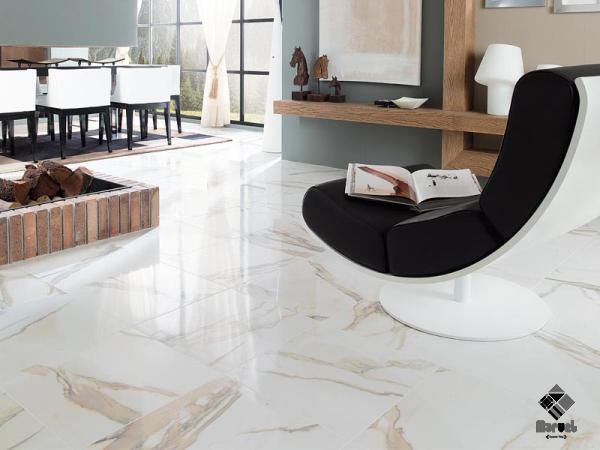

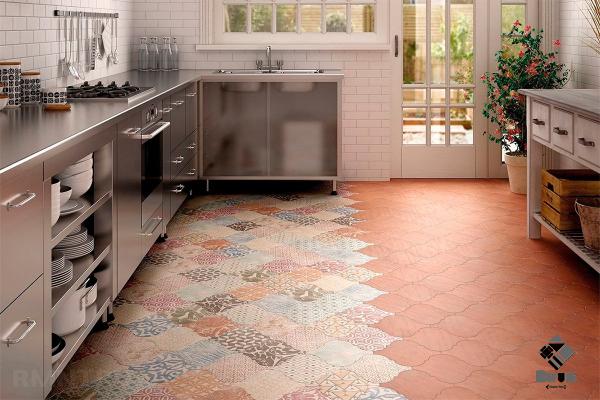


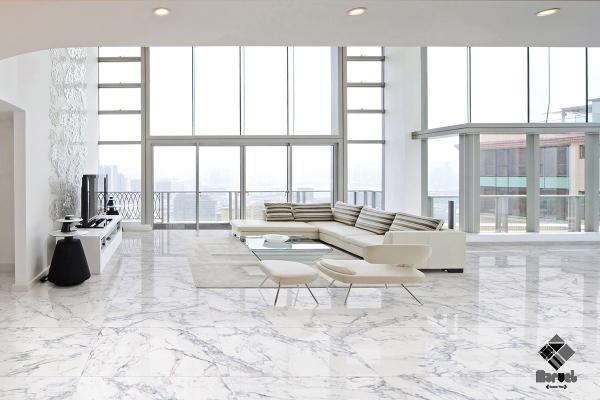
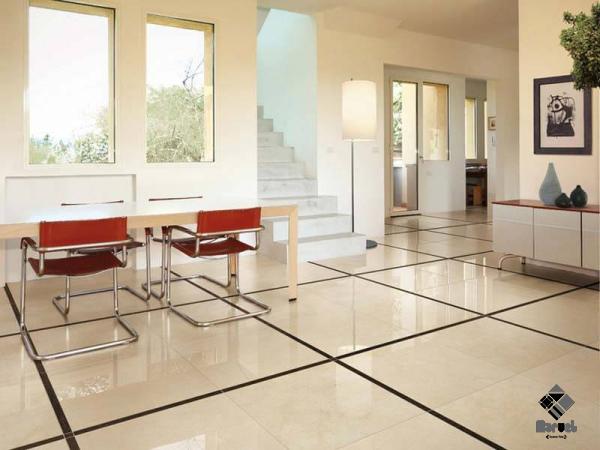
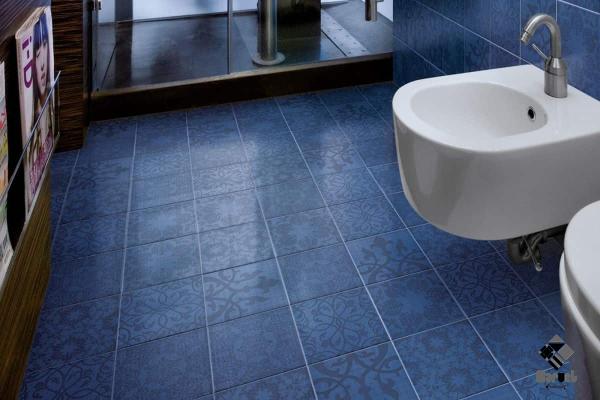
Your comment submitted.